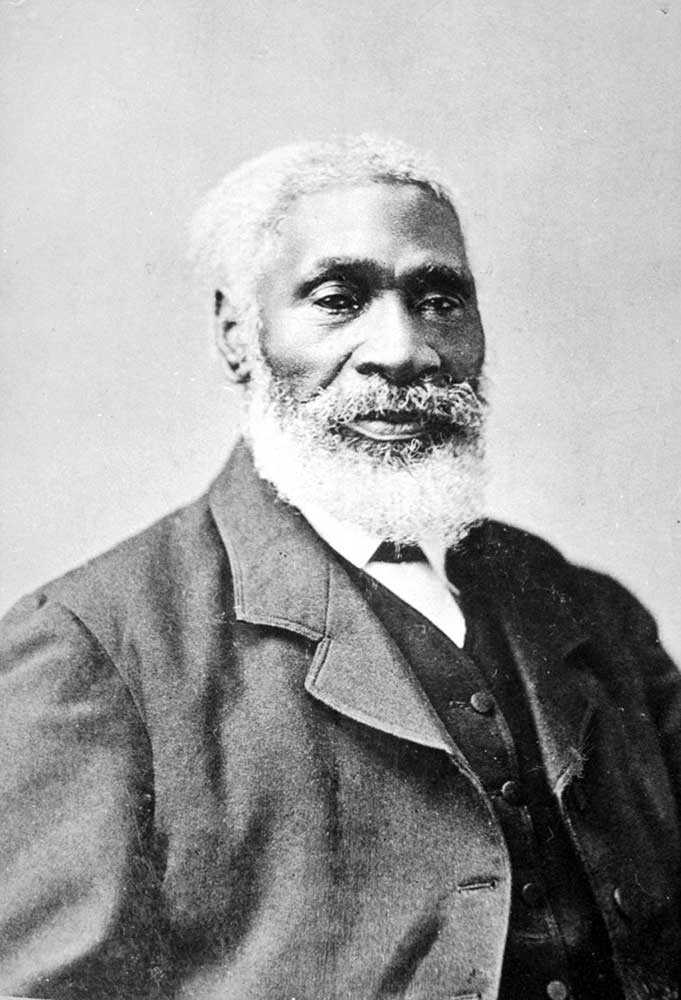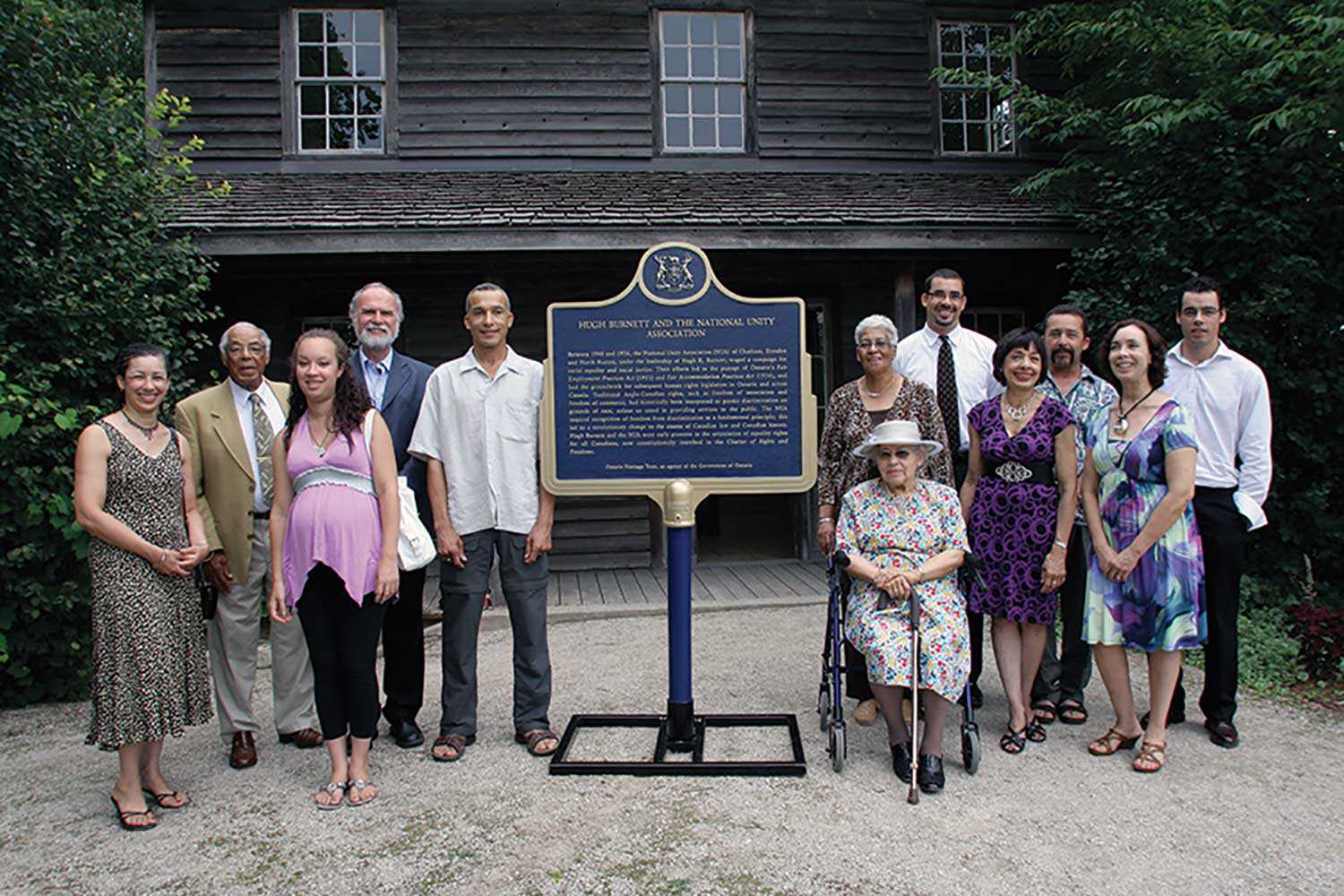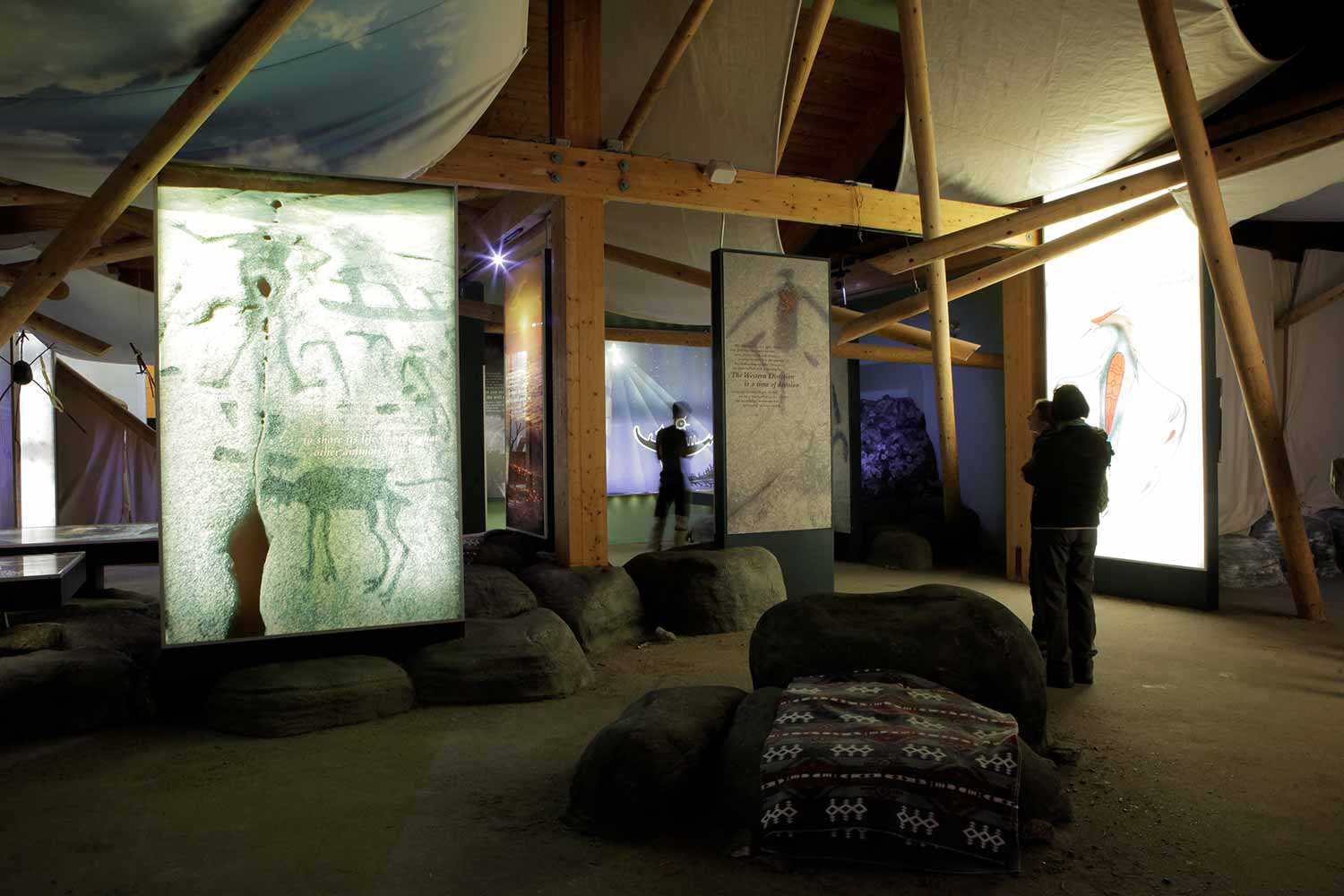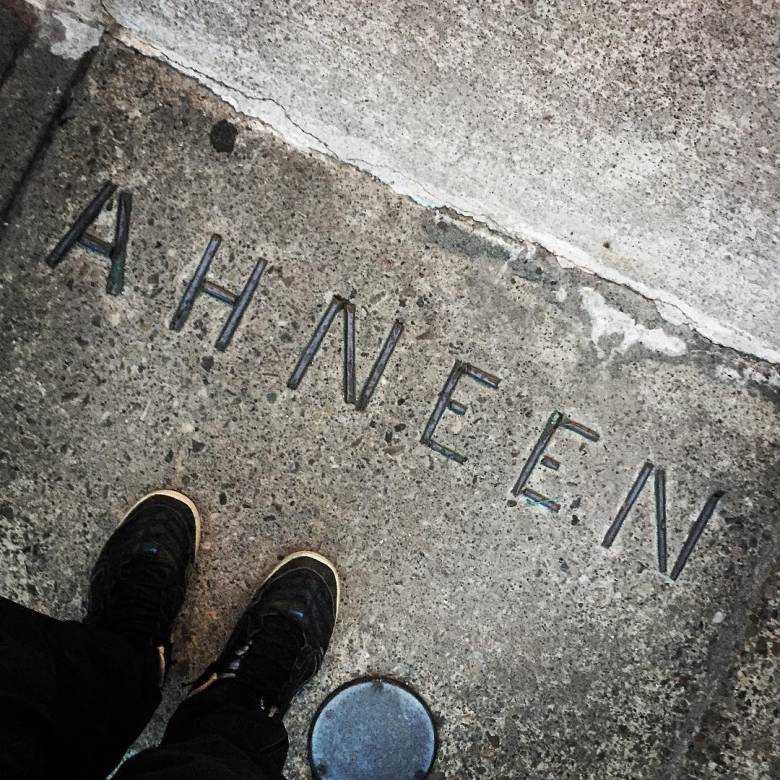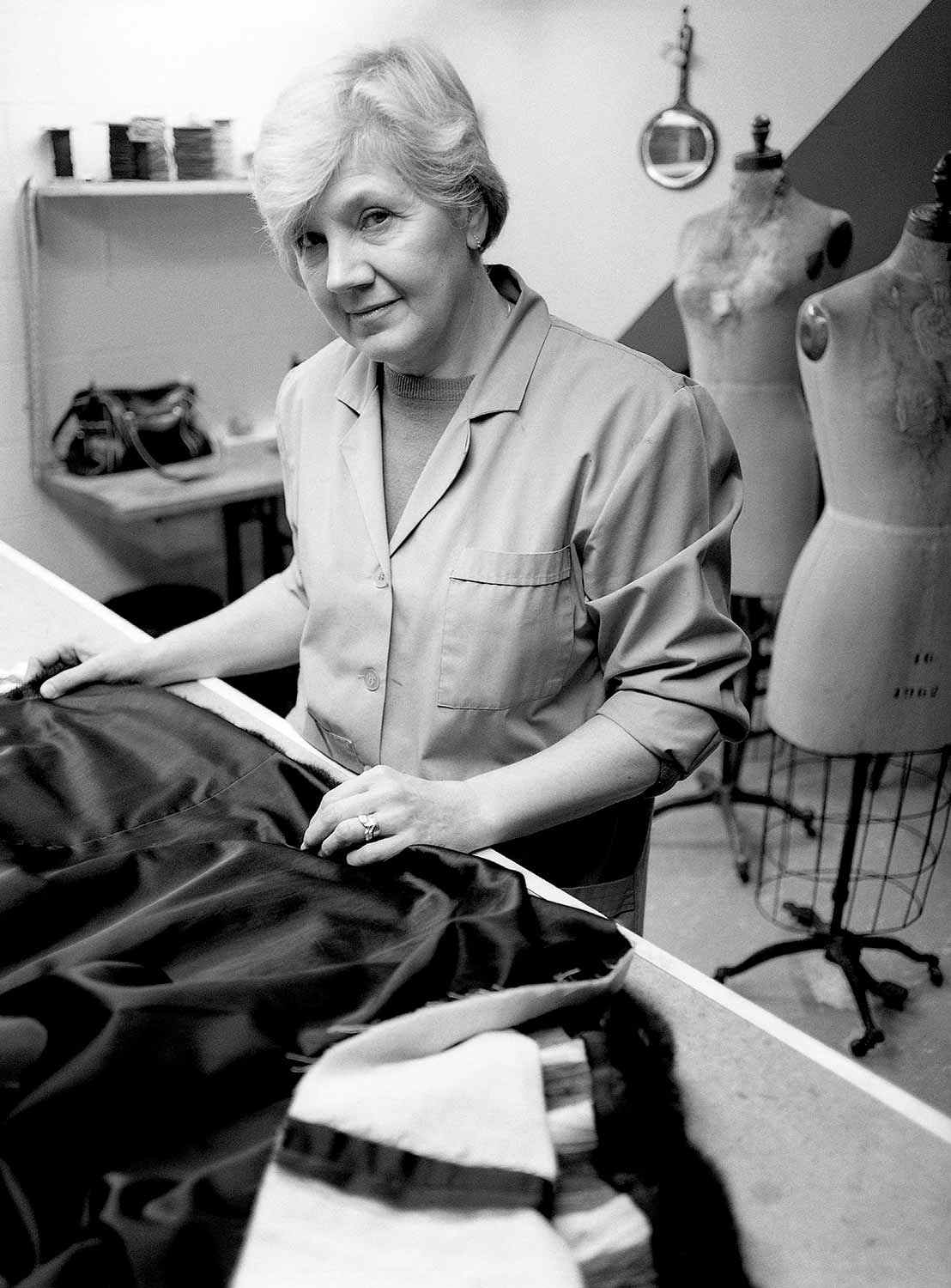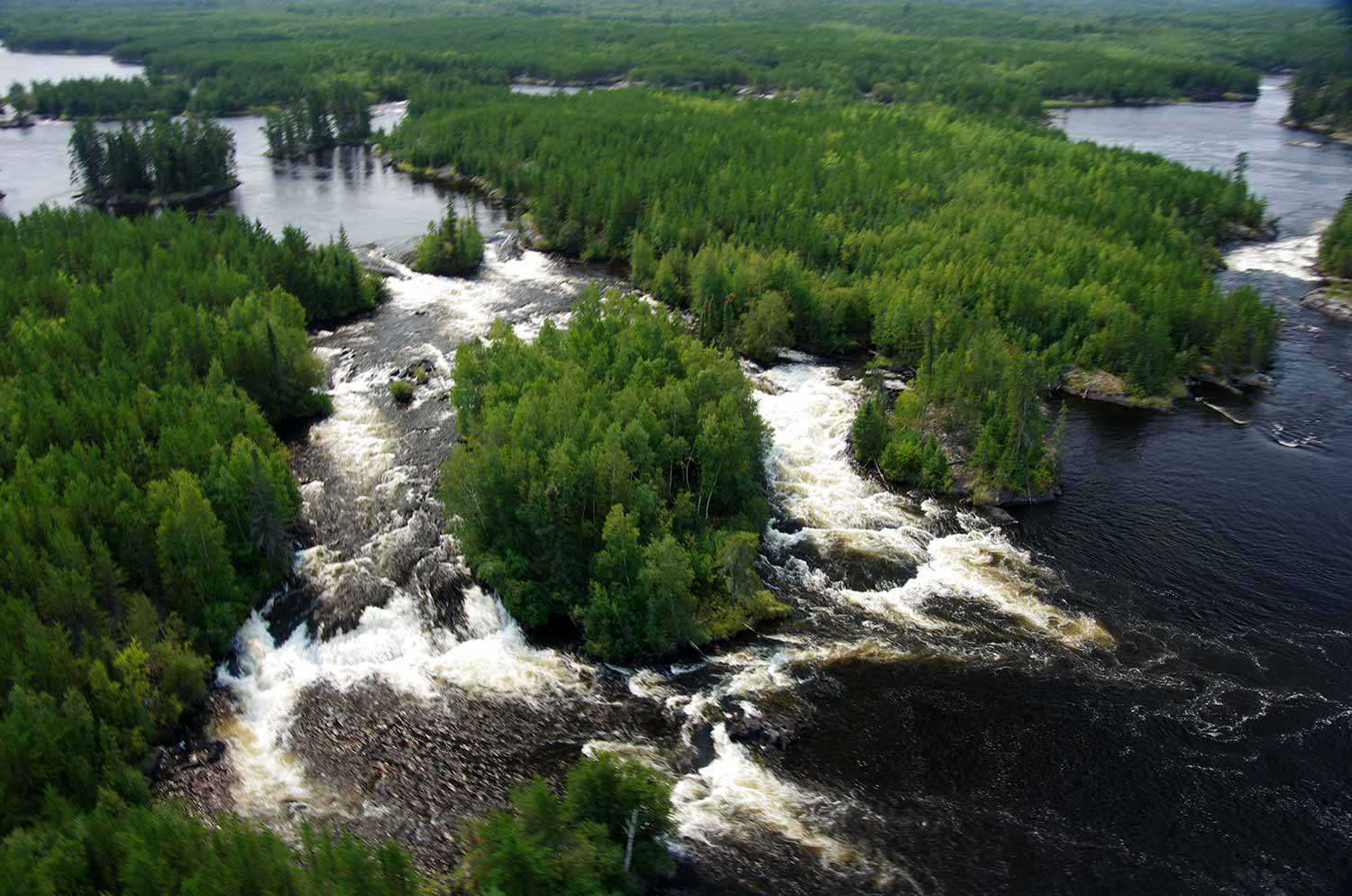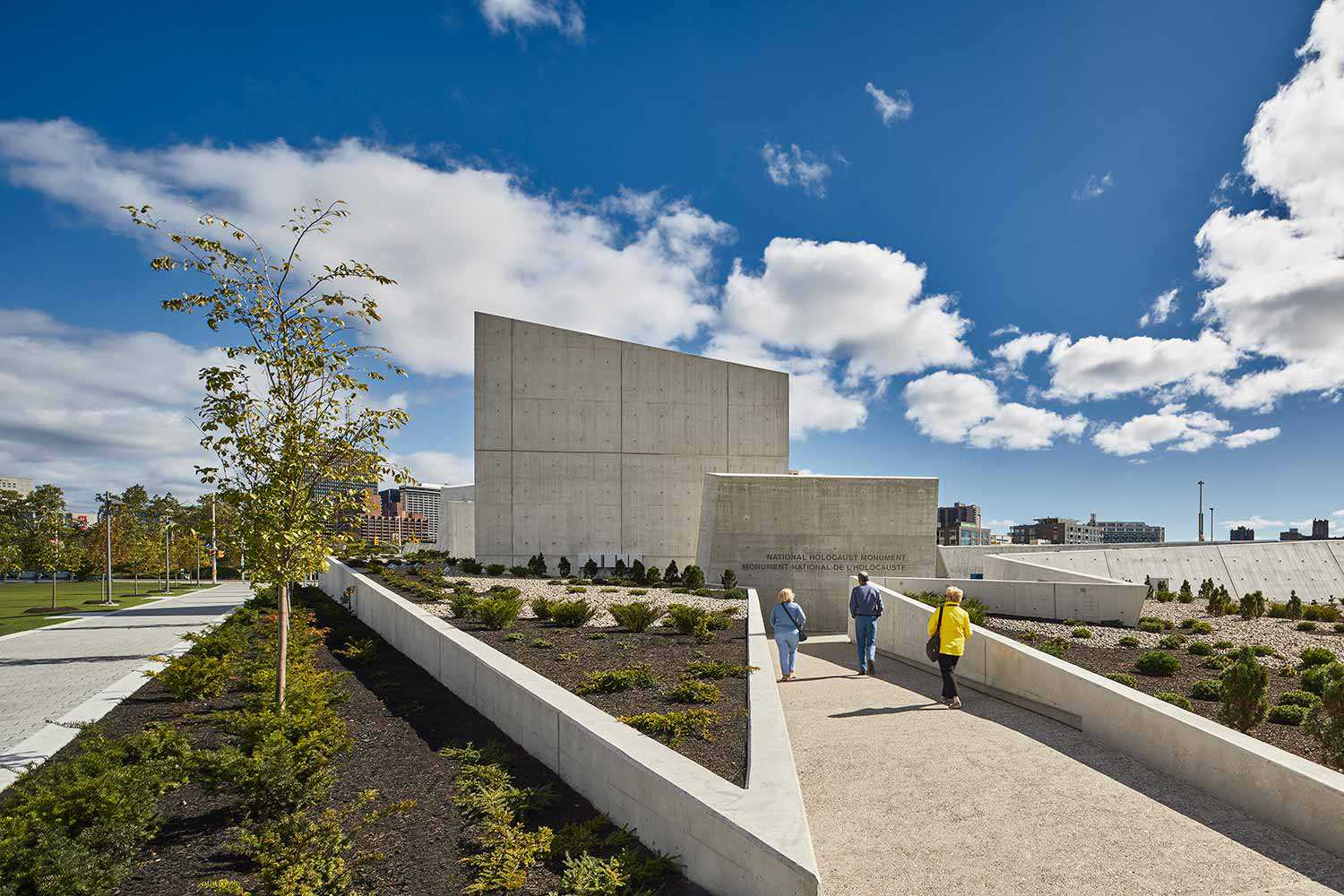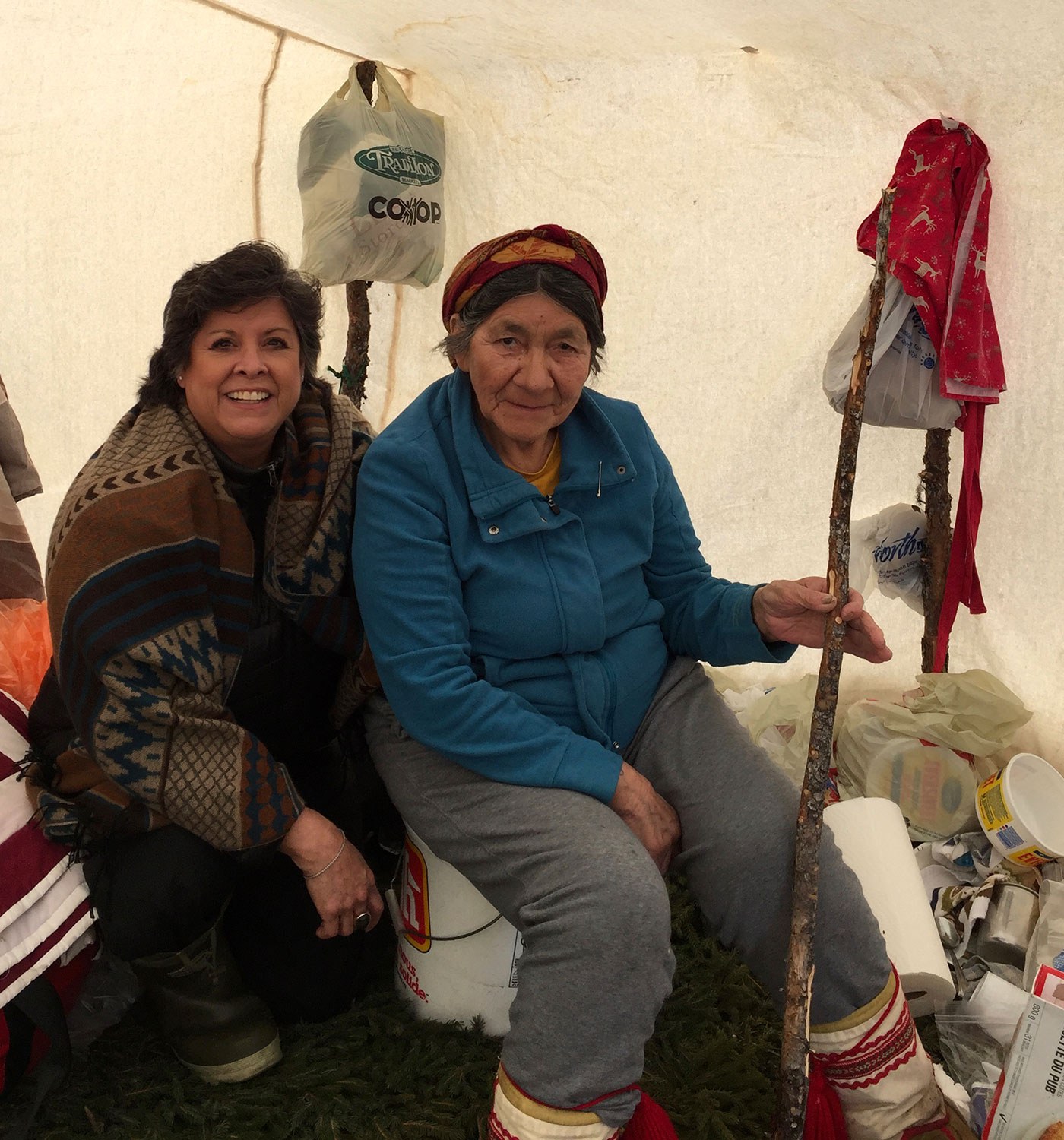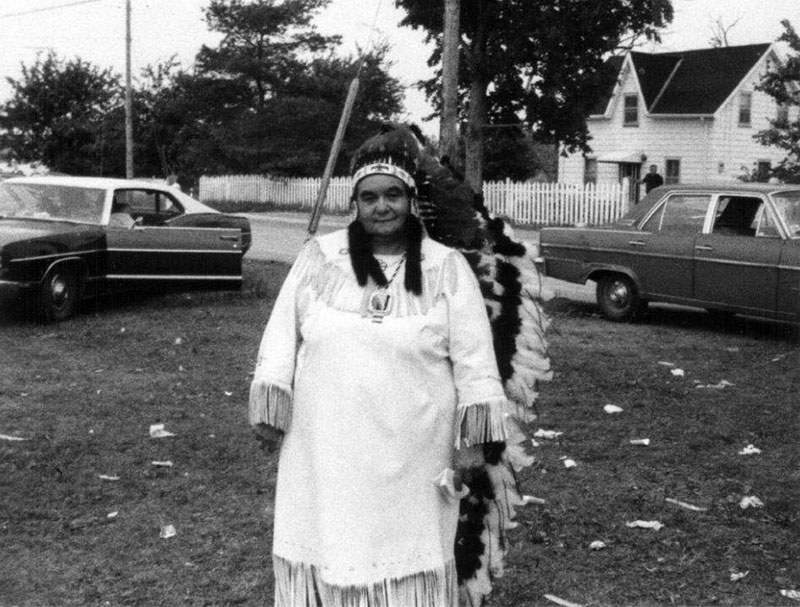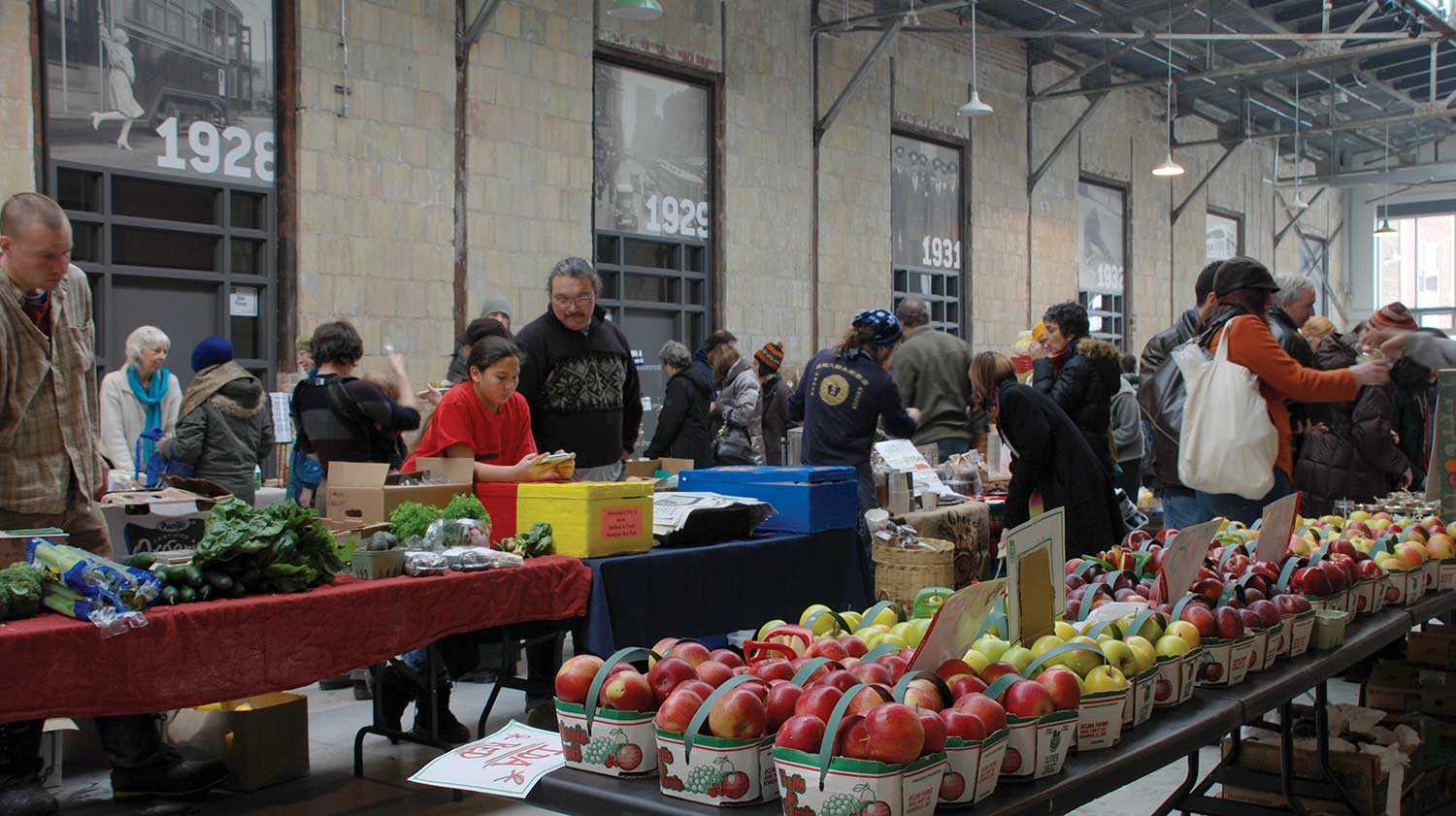

Browse by category
- Adaptive reuse
- Archaeology
- Arts and creativity
- Black heritage
- Buildings and architecture
- Communication
- Community
- Cultural landscapes
- Cultural objects
- Design
- Economics of heritage
- Environment
- Expanding the narrative
- Food
- Francophone heritage
- Indigenous heritage
- Intangible heritage
- Medical heritage
- Military heritage
- MyOntario
- Natural heritage
- Sport heritage
- Tools for conservation
- Women's heritage
All land is sacred
According to all First Nations on Turtle Island, ALL LAND IS SACRED. We do not consider that some places are more sacred than others. All land must be treated with the greatest respect and honour. First Nations work with proponents every day to protect burials, ceremonial sites, petroglyphs and rock paintings. We are also obligated by who we are as a people to protect the same land that we all share. My friend Dorothy Taylor said it best when she said that when our Mother the earth is being compromised, it is our obligation to stand between that land and the potential harm. The utter devastation that occurs through mining, forestry, oil sands, fracking, municipal growth, tourism and other forms of destruction is something we need to sit down and talk about.
The Anishinaabeg paradigm would suggest that the earth is a spiritual being and, as such, should be accorded a degree of respect. It is expected that we, as beings blessed enough to receive the abundance of the earth, will care for our Mother, the earth, in a good way. This means that we work together in unity, in reconciliation if you like, to care not just for the gifts that we receive, but also for the other beings that we share the land and water with. By doing this, we care for each other, we care for ourselves, we care for those yet to come and perhaps most importantly, we care for those who have come before us and have left this knowledge for us to share with each other.
When one makes the decision to live a good life (Bimaadiziwin in my language), one becomes a steward of the land. My Elder, my mentor and my friend Doug Williams, has taught me about our relationship with the land, how that connection was born and how we must continue to nurture and protect that partnership.
Doug says that the land and all it contains, must be cared for in a sustainable fashion. This means that we treat the land with great respect, with kindness and with gentleness. We must come to understand our place in creation and the responsibility that comes with it. We are obligated to remember those who have walked before us and share the knowledge that they passed on to us. When we do this, our Ancestors smile upon us. We must always be cognizant that we care for the earth, our Mother, for those who have yet to come, those ones who have yet to be born. When we keep those ones in our minds and in our hearts, we are compelled to care for our Mother in a good and gentle way, knowing that someday it will be our turn to pass on the knowledge we have gleaned from our existence.
The Anishinaabeg (all First Nations) of Turtle Island know this land better than anyone. Our Ancestors lived and travelled on the land and waterways, always leaving the lightest footprint possible. We lived so close to the land and water, we were aware that what we did to the land and water had a direct effect on our existence. This is still evident in our language, in our ceremonies and in how we choose to relate to the earth. Our language is full of sounds that can be directly related back to the land, some sounds even mimicking nature. Our ceremonies always honour the earth and teach us to show respect to each other and to the world around us. We continue to harvest from the land and the land continues to take care of us.
In speaking with my dear friend and community Elder Dorothy Taylor, I have learned that we must pray for the water, sing to the water and ensure that we care for the water in such a way that it will remain clean and healthy for future generations.
Basil Johnston-ban says in his book, The Manitous, the Spiritual World of the Ojibway (page 9), “In the Pipe of Peace Smoking Ceremony, the second whiff of tobacco is offered to the Earth with the prefatory words ‘To you, Mother, we give our thanks’. What the celebrant then says may be summarized as follows: ‘When I am hungry, you feed me; when I am cold and wet, you shelter me; when I am downcast, you comfort me. For this I am grateful. I am indebted to you.’
As women, we follow the flow of the earth. Grandmother Josephine Mandamin says that this is evident in the spring when our Mother releases water in the form of spring runoff from the ice and snow. She says that this is the first sign that the earth is about to give birth to new life, in the form of budding trees, plants and such. Trees follow this same line when the sap starts to run in the spring, bringing much-needed nourishment to new buds and leaflets. So, too, do women release water when we are about to bring forth new life. Do you see and understand how closely we are connected to the earth? All Land is Sacred, all land is pure.
All First Nations know the land. We have been stewards of the land for time immemorial. The land is a spiritual being in our cultures and languages. We are fundamentally connected to the earth in all we do, say and think. This is something we all have in common. Our legends and stories tell us of our connection to the land; the way that we have been taught to respect and honour the land is inherent.
In closing, I would like to quote Sealth (Chief Seattle). The following quote was spoken as an admonition to all at the tribal assembly of 1854 just prior to the signing of a treaty:
“Every shining pine needle, every sandy shore, every mist in the dark woods, every clearing and humming insect is holy in the memory and experience of my people. Teach your children what we have taught our children, that the Earth is our Mother. The rivers are our brothers, they quench our thirst and feed our children. The air is precious to the red man, for all things share the same breath. And what is man without the beasts? If all beasts were gone, men would die from a great loneliness of spirit. This we know. The Earth does not belong to man; man belongs to the earth.
Man did not weave the web of life, he is merely a strand in it. Whatever he does to the web, he does to himself. All things are connected like the blood which unites one family. All things are connected.”
In other words, ALL LAND IS SACRED.


